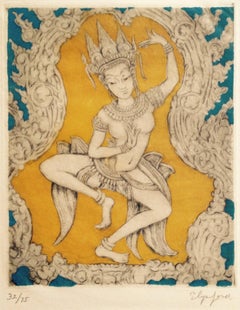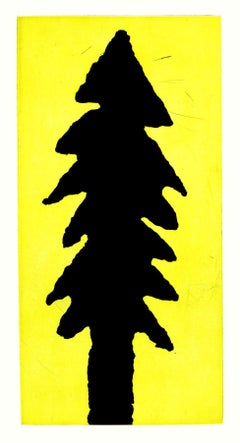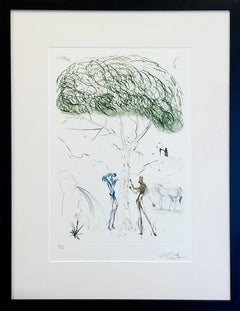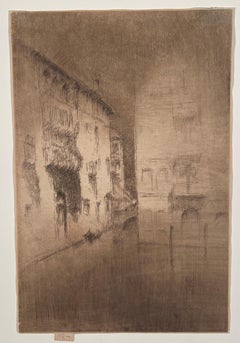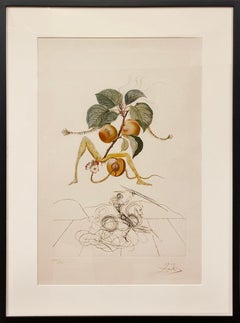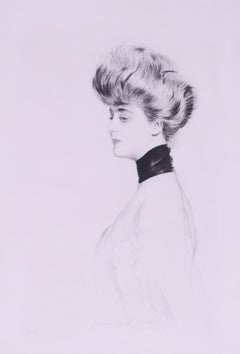Art by Medium: Drypoint
1930s Other Art Style Art by Medium: Drypoint
Drypoint, Etching
Early 2000s Contemporary Art by Medium: Drypoint
Drypoint, Aquatint
1970s Surrealist Art by Medium: Drypoint
Drypoint
1870s Art by Medium: Drypoint
Drypoint, Etching
1960s Surrealist Art by Medium: Drypoint
Drypoint, Lithograph
Early 1900s Impressionist Art by Medium: Drypoint
Drypoint
Early 1900s Art Nouveau Art by Medium: Drypoint
Drypoint
20th Century Minimalist Art by Medium: Drypoint
Drypoint, Etching
1960s American Realist Art by Medium: Drypoint
Drypoint
1870s Impressionist Art by Medium: Drypoint
Drypoint, Etching
20th Century Abstract Expressionist Art by Medium: Drypoint
Engraving, Drypoint, Mezzotint, Etching, Aquatint
1870s Impressionist Art by Medium: Drypoint
Drypoint
1970s Surrealist Art by Medium: Drypoint
Drypoint, Lithograph
1970s Surrealist Art by Medium: Drypoint
Drypoint
1980s Abstract Expressionist Art by Medium: Drypoint
Drypoint, Etching, Aquatint
20th Century Modern Art by Medium: Drypoint
Drypoint, Aquatint
2010s Contemporary Art by Medium: Drypoint
Drypoint
Late 19th Century Impressionist Art by Medium: Drypoint
Drypoint, Etching
1850s Impressionist Art by Medium: Drypoint
Drypoint, Etching
1940s American Realist Art by Medium: Drypoint
Drypoint
1950s Modern Art by Medium: Drypoint
Drypoint, Etching
1950s Abstract Art by Medium: Drypoint
Drypoint, Etching, Monotype
21st Century and Contemporary Modern Art by Medium: Drypoint
Engraving, Drypoint
1930s Modern Art by Medium: Drypoint
Drypoint, Etching, Aquatint
1920s Art by Medium: Drypoint
Drypoint, Etching
2010s Contemporary Art by Medium: Drypoint
Drypoint
Early 20th Century English School Art by Medium: Drypoint
Laid Paper, Drypoint, Etching
1910s Naturalistic Art by Medium: Drypoint
Paper, Drypoint, Etching
1930s American Modern Art by Medium: Drypoint
Etching, Drypoint
2010s Contemporary Art by Medium: Drypoint
Drypoint, Etching
20th Century Modern Art by Medium: Drypoint
Drypoint, Aquatint
20th Century Modern Art by Medium: Drypoint
Drypoint, Aquatint
Mid-20th Century American Modern Art by Medium: Drypoint
Drypoint, Etching
1990s Contemporary Art by Medium: Drypoint
Drypoint, Paper, Aquatint
1890s Post-Impressionist Art by Medium: Drypoint
Drypoint, Etching, Aquatint
1970s Surrealist Art by Medium: Drypoint
Drypoint, Etching
1880s Impressionist Art by Medium: Drypoint
Laid Paper, Drypoint
1880s Art by Medium: Drypoint
Laid Paper, Drypoint, Etching
Mid-19th Century French School Art by Medium: Drypoint
Laid Paper, Drypoint, Etching
Early 20th Century Post-Impressionist Art by Medium: Drypoint
Drypoint
1970s Art by Medium: Drypoint
Lithograph, Drypoint
1890s Art by Medium: Drypoint
Drypoint, Aquatint
1970s Art by Medium: Drypoint
Drypoint, Lithograph
1890s Art by Medium: Drypoint
Drypoint, Etching
1890s Realist Art by Medium: Drypoint
Drypoint, Etching
20th Century Modern Art by Medium: Drypoint
Drypoint, Aquatint
1880s Impressionist Art by Medium: Drypoint
Drypoint, Etching
1870s Realist Art by Medium: Drypoint
Drypoint, Etching, Aquatint
Mid-20th Century American Realist Art by Medium: Drypoint
Drypoint, Aquatint
1960s Surrealist Art by Medium: Drypoint
Drypoint
20th Century Modern Art by Medium: Drypoint
Drypoint, Aquatint
1970s Surrealist Art by Medium: Drypoint
Mixed Media, Drypoint, Lithograph, Screen
2010s Art by Medium: Drypoint
Paper, Watercolor, Drypoint
1960s Surrealist Art by Medium: Drypoint
Paper, Drypoint, Etching
20th Century Modern Art by Medium: Drypoint
Drypoint, Aquatint
20th Century Modern Art by Medium: Drypoint
Drypoint, Aquatint
1920s Expressionist Art by Medium: Drypoint
Drypoint
Late 19th Century Realist Art by Medium: Drypoint
Drypoint, Etching
1960s Surrealist Art by Medium: Drypoint
Paper, Watercolor, Drypoint, Etching
2010s Art by Medium: Drypoint
Paper, Drypoint
